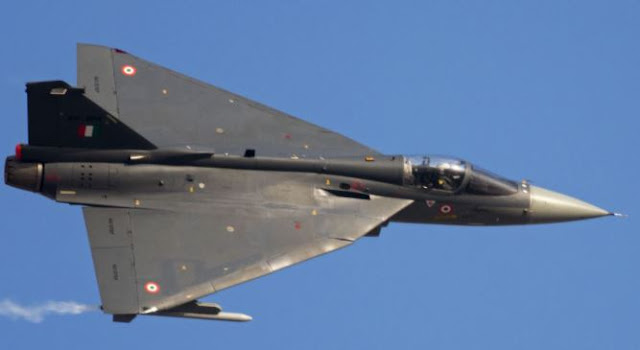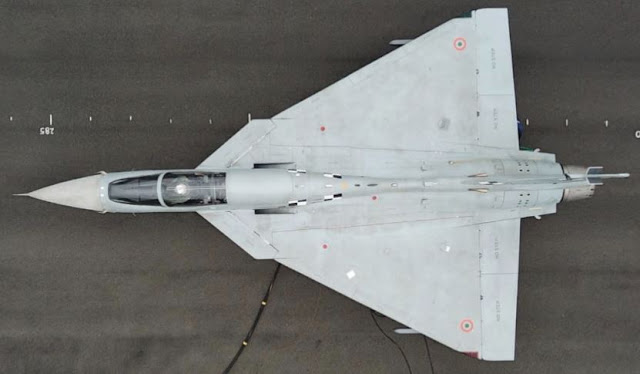Tejas Mk 2 With Kaveri Engine

We are reaching the goal of making our own Multirole fighter with Tejas Mk 2. At present it has been designed to be a single engine jet with General Electric F414-GE-INS6 turbofan engine. This engine has 58.5 kN (13,200 lbf) dry thrust and 98 kN thrust (22,000 lbf) with afterburner. The present expected weight of Tejas Mk 2 is as follows: 1. Gross Weight: 11,300 kg 2. Max Take Off Weight: 17,500 kg. That means payload capacity is 6,200 kg. Now this General Electric F414 engine has a dry weight of 1,110 kg. Its thrust characteristics are sufficient for our expected Tejas Mk 2 aircraft. But if we have a twin-engine version then the range and reliability of the aircraft can be increased along with its size. The present wing area is 44 sq.m. Let us consider if we use our own Kaveri GTX-35VS engine. Its weight is 1,236 kg. With two engines total weight of engines will increase to 2,472 kg. While total thrust will be 104 kN dry to 162 kN with afterburner. This makes the max take off weight


